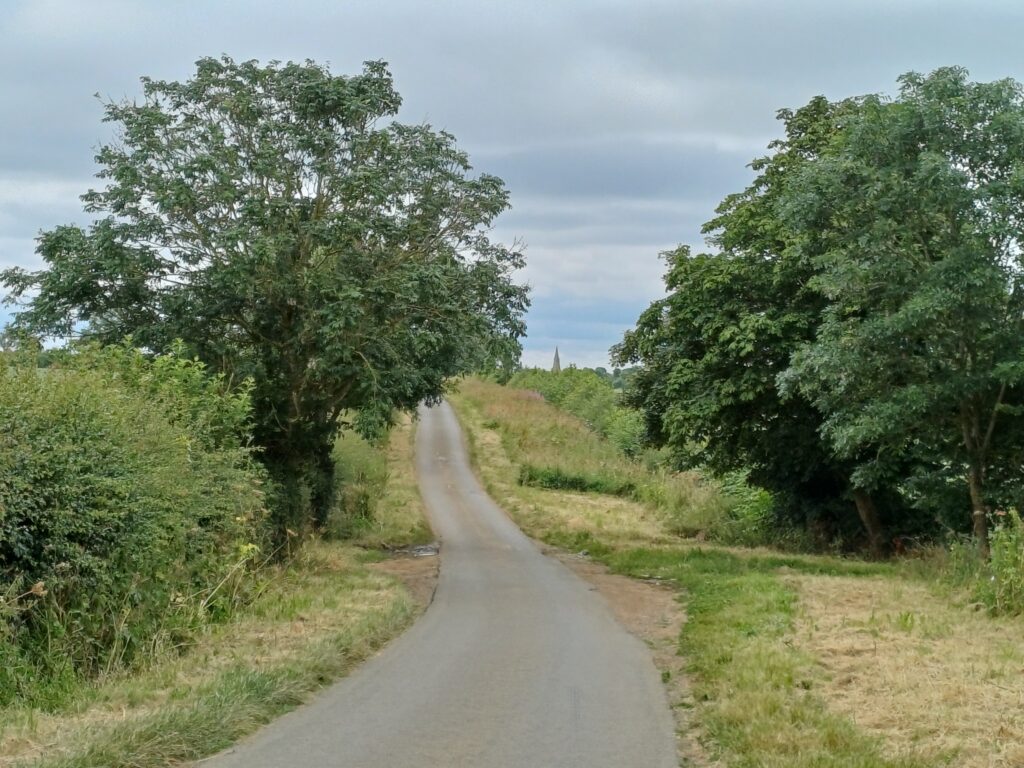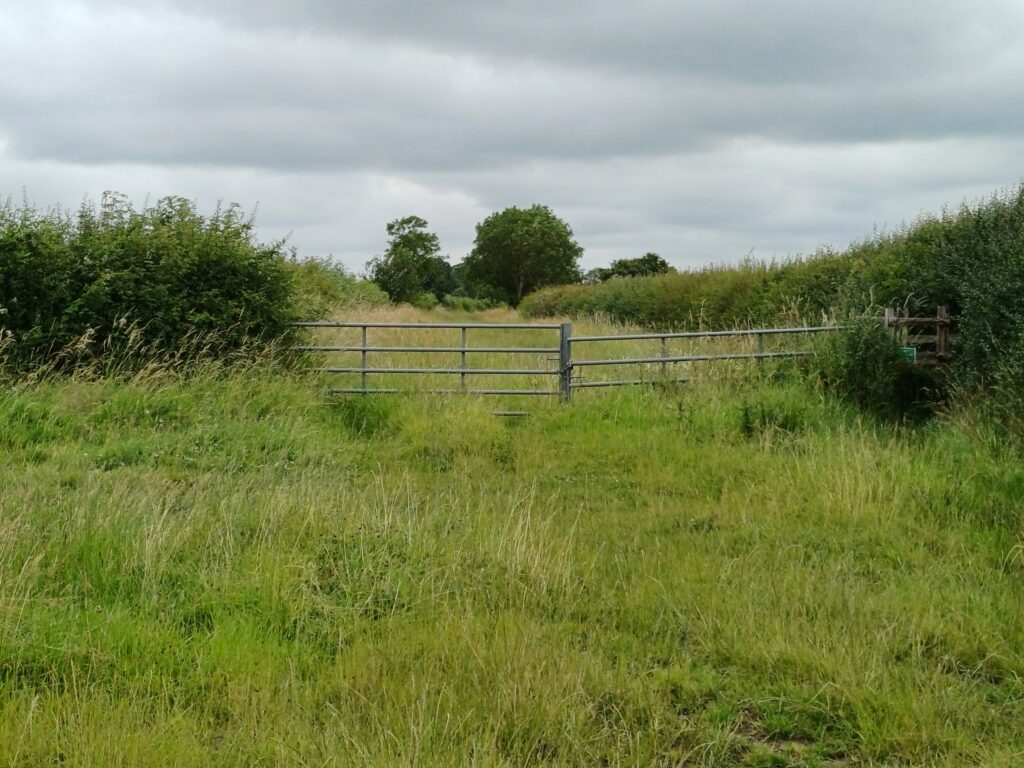Walgrave
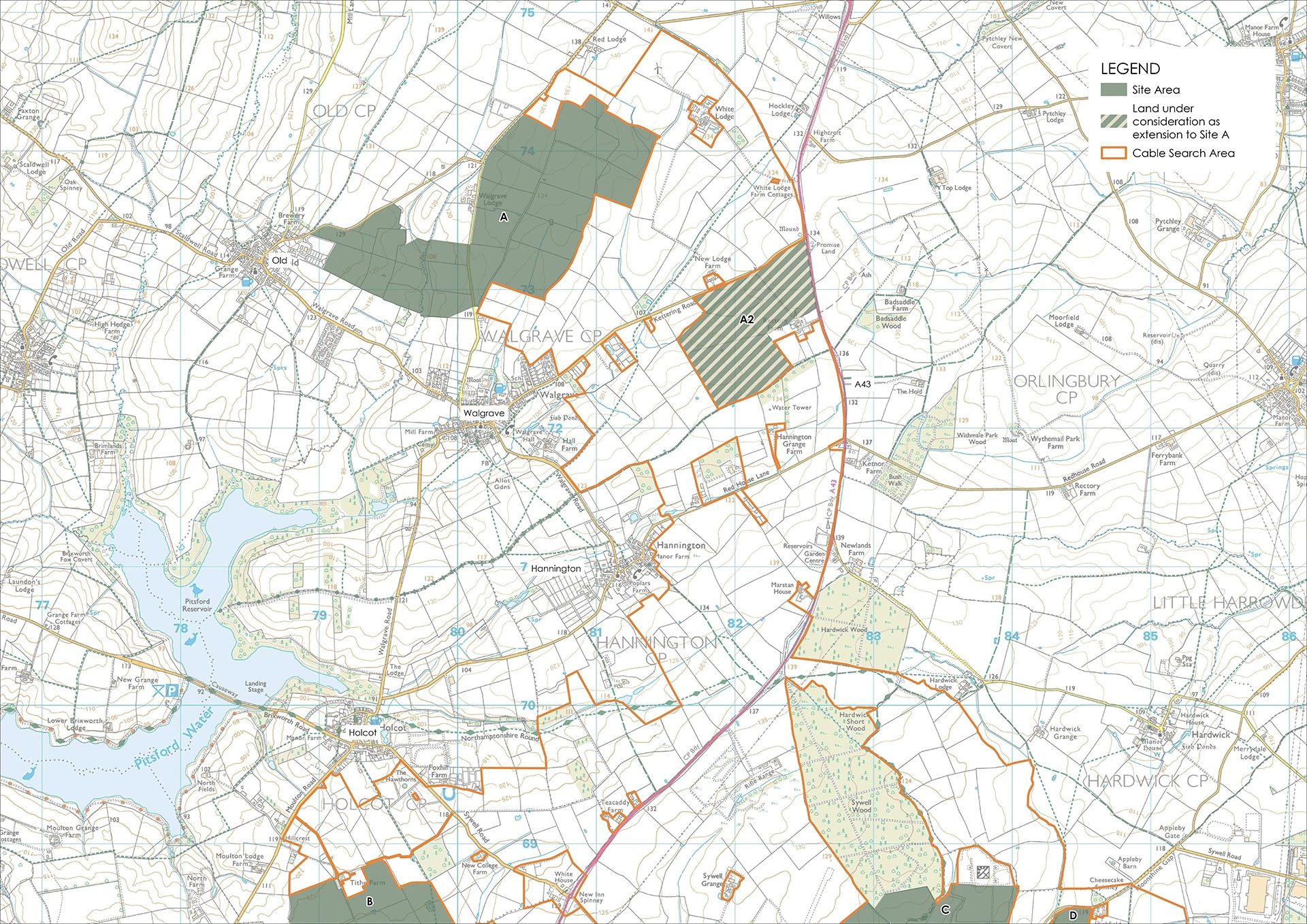
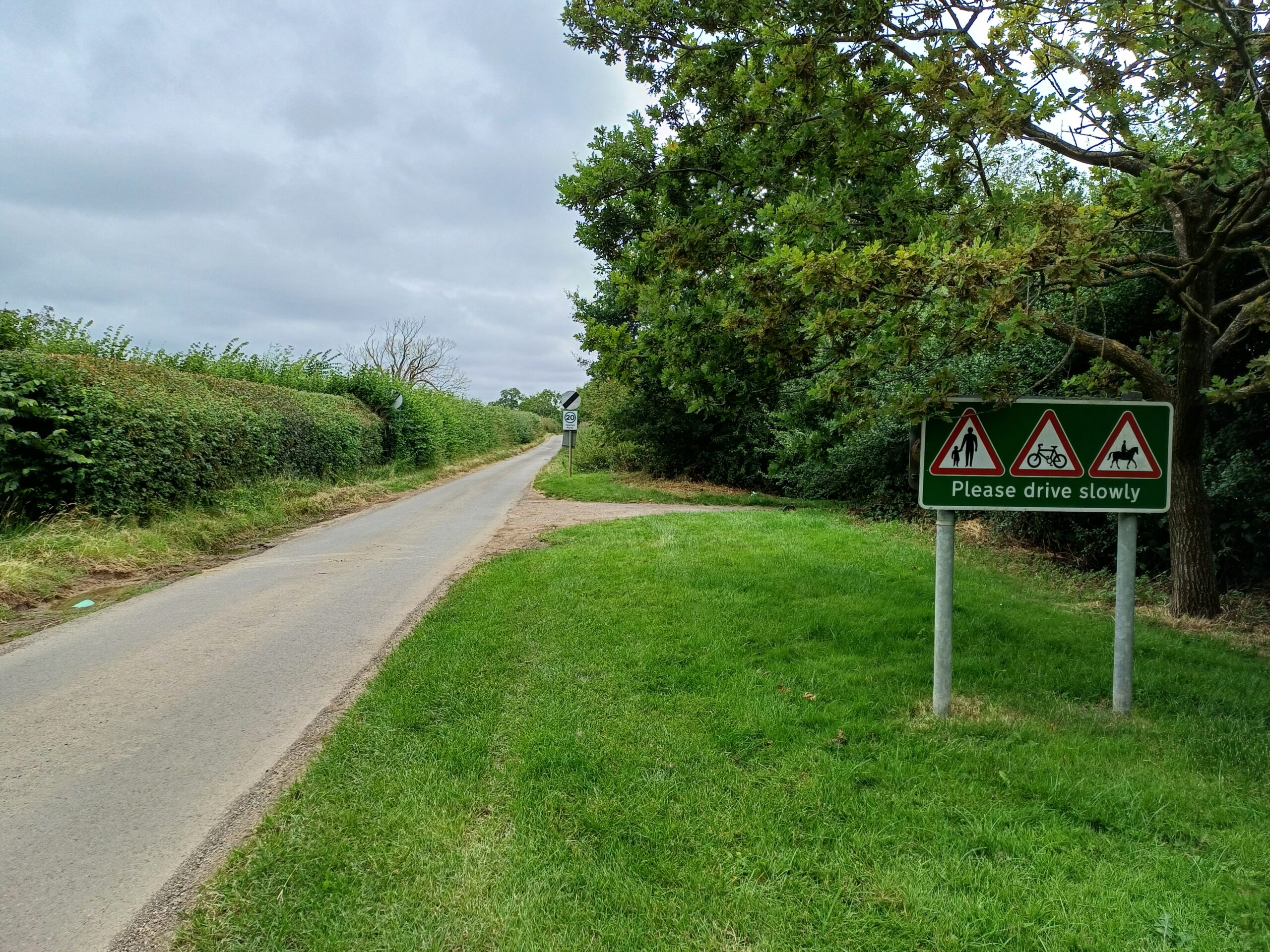
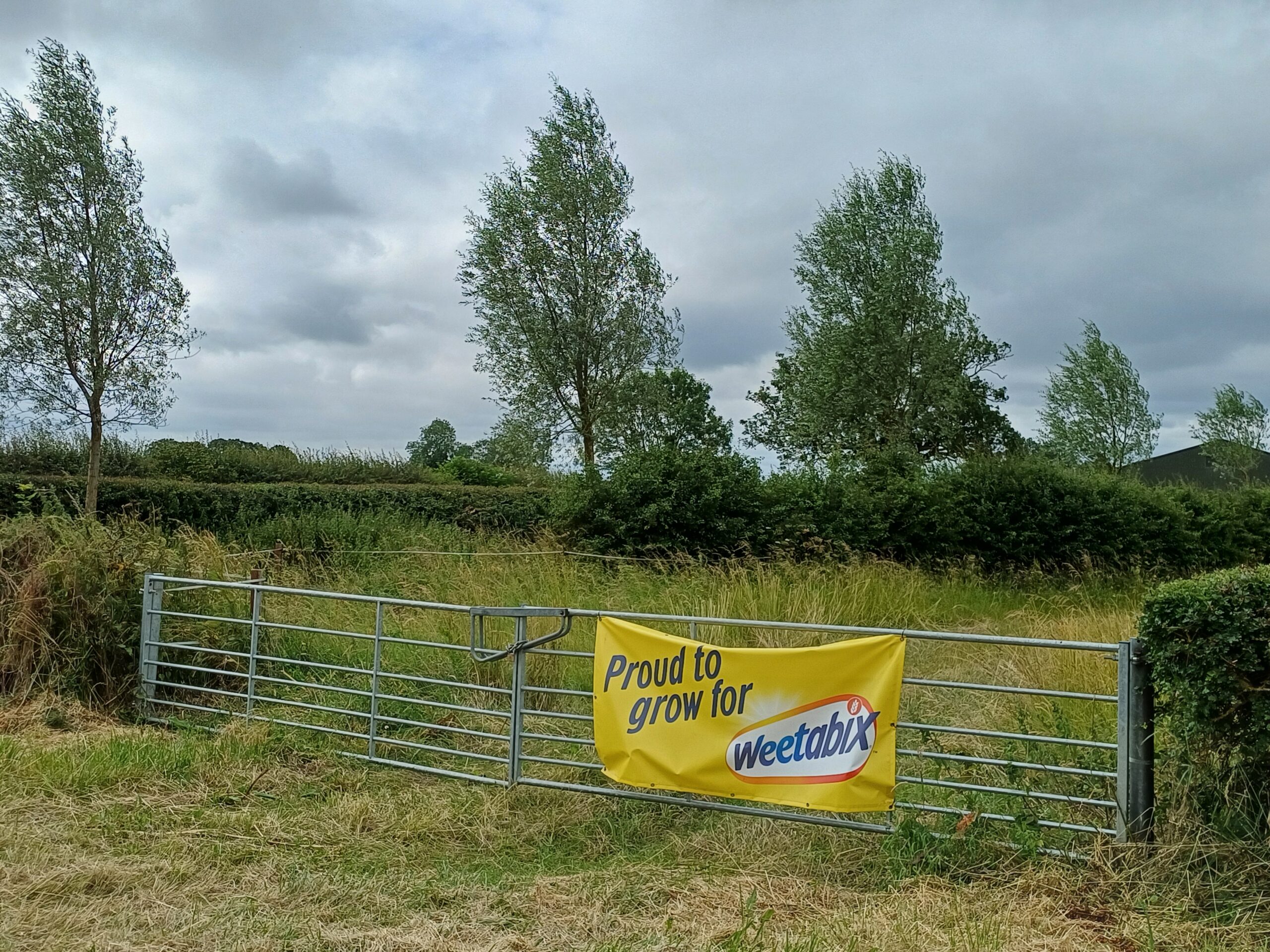
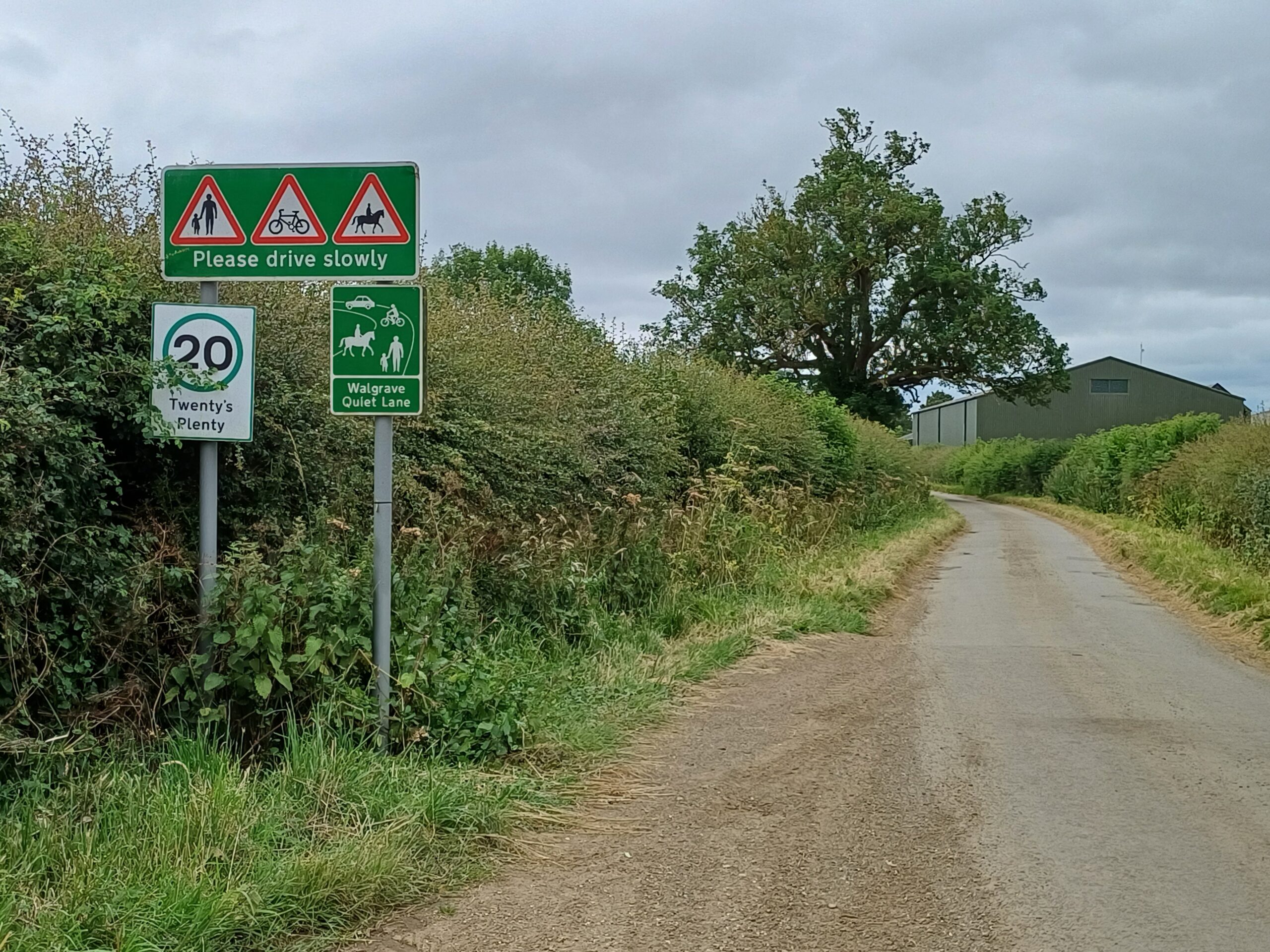
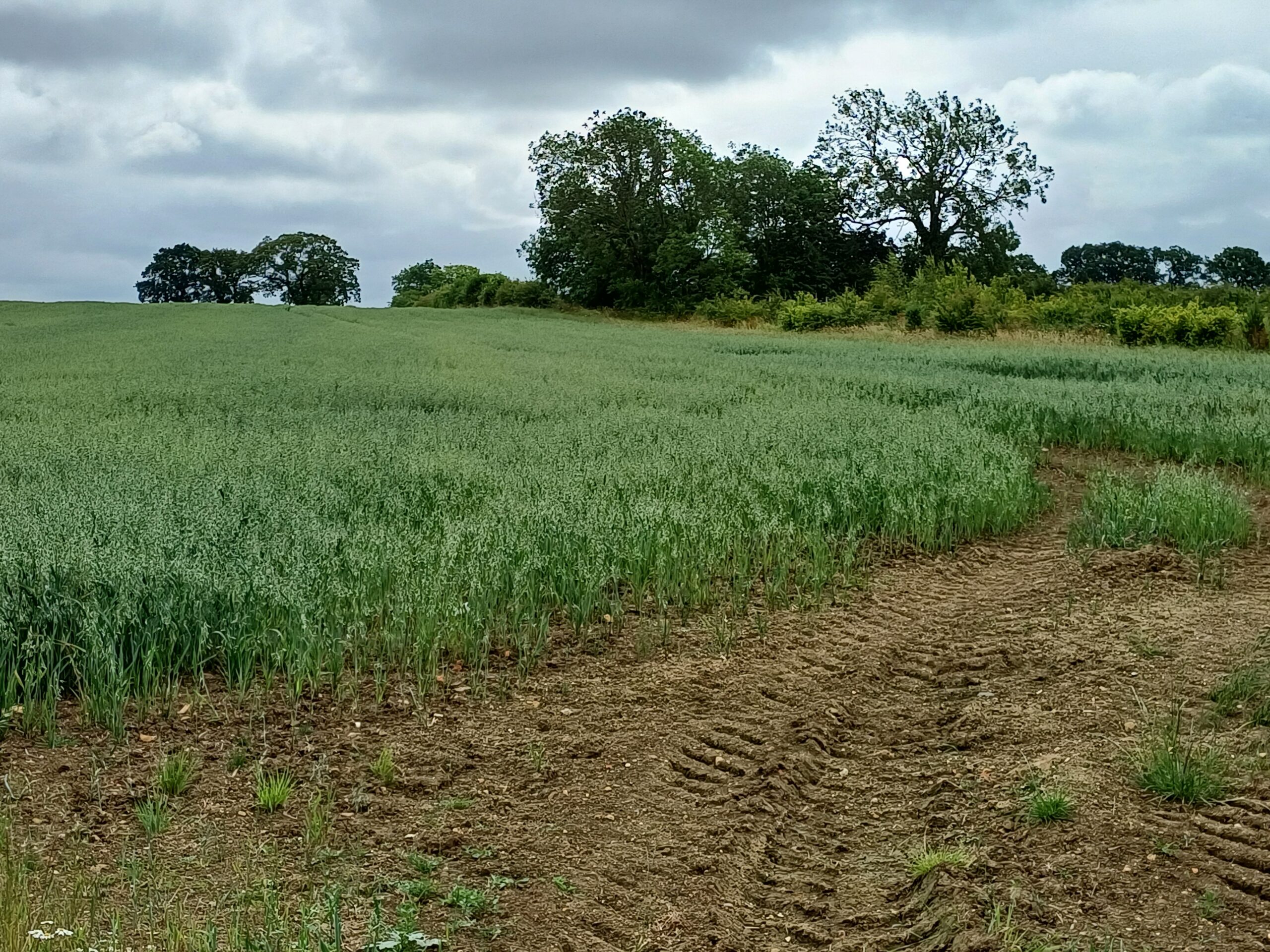
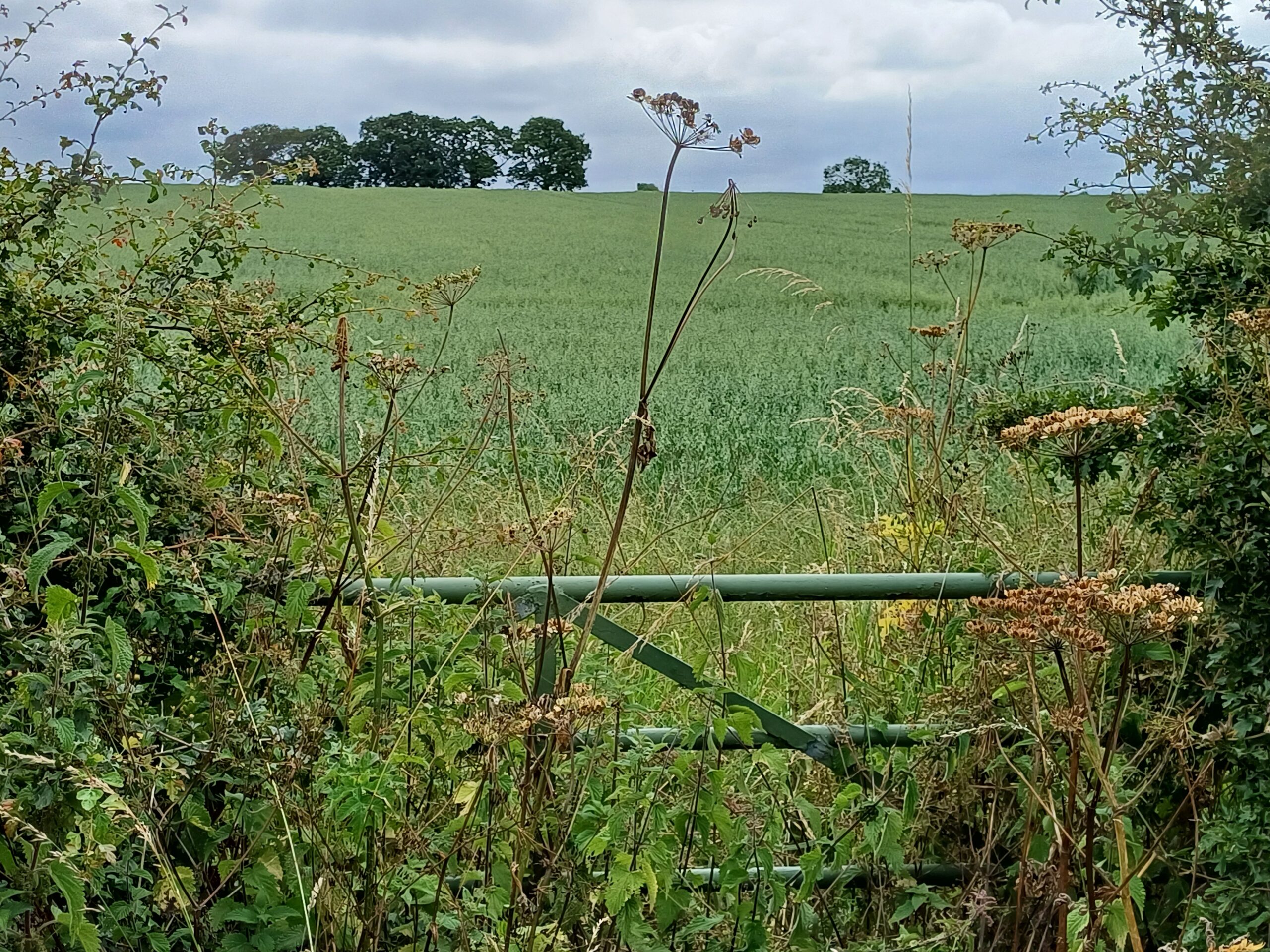
Historic Walgrave
Walgrave village is referenced in the Domesday Book of 1086, with its medieval origins protected by English Heritage and Atterbury’s Field Trust. A thriving community with a strongly agricultural heritage, quality agricultural land in Walgrave growing wheat for Weetabix will be lost to solar panels.
The well-known Newlands Lane in Walgrave cuts through the middle of the 428-acre Green Hill Solar farm Site A, with around 30% of the solar panels on one side and 60% on the other. A designated ‘quiet lane’, it has been enjoyed for recreation over the generations by ramblers, dog walkers, joggers, cyclists and horse riders, who appreciate the quiet rural scene. Rare Yellowhammers can be heard in the ancient hedgerows. The Yellowhammer population in the UK has declined by up to 50% due to fewer food sources available. Found mainly on farmland, as they need thick hedges for nesting and a ready supply of grain and insects for food, they are a UK Birds of Conservation Concern Red List species.
A further 161-acre site, A2, has been added to the solar industry scheme. Together with the original Walgrave site that stretches up to the outskirts of Old, the imposition of such a massive industrial solar site will forever change the nature of Walgrave, with the loss of productive crop-growing fields, a beautiful rural space and its associated flora and fauna.
Totalling nearly 600 acres, the Walgrave Green Hill Solar location is TEN TIMES larger than the new Irchester solar site easily visible on the A509 between Wellingborough and Bozeat.
Maps Copyright © IGP.
